At Chempharm, we offer customized building electrification solutions for industries like pharmaceuticals, food processing, and manufacturing. Our services focus on enhancing energy efficiency, safety, operation optimization and reliability.
Our key offerings include:
- Custom electrical designs for efficient power distribution.
- Reliable power supply systems for uninterrupted process.
- Energy-efficient lighting to optimize costs.
- Energy management systems to monitor usage.
- Integration of safety systems, including fire alarms and backup power.
We prioritize sustainability through smart grid technology and renewable energy sources like solar power, ensuring compliance with safety standards and electrical codes for efficient operations.
Electrical Control Panel
LOOKING AN ADEQUATE SOLUTION FOR YOUR COMPANY?

Power Control Centre
The Power Control Centre (PCC) serves as a crucial hub for the distribution and management of multiple power sources within industrial environments. These centres are strategically positioned in close proximity to the power source, which often leads to elevated fault levels due to the high energy demand and the potential for electrical disturbances. Constructed with robust engineering standards, the PCC is specifically designed to withstand these challenging conditions. It can effectively manage a temperature increase of up to 40°C above the surrounding ambient temperature, ensuring reliable operation even in high-stress scenarios. This capability is essential for maintaining the safety and efficiency of power distribution processes in demanding industrial settings.
Motor control center (MCC)
A motor control center (MCC) is a comprehensive assembly designed to manage and control multiple electric motors from a centralized location. It typically consists of a collection of motor starters, circuit breakers, and various control components organized within a sturdy enclosure. The MCC incorporates sophisticated internal control systems and interlocking wiring, all connected to a central control terminal panel board or a programmable logic controller (PLC). This setup allows for efficient operation and monitoring of the motors, ensuring both performance and safety in industrial applications.
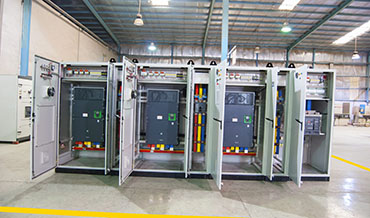
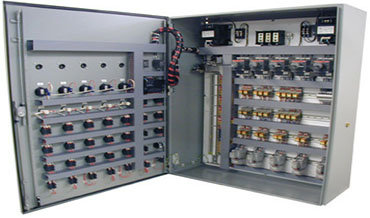
Control & Relay Panel (CRP)
A Control & Relay Panel (CRP) solution is specifically engineered to manage the operation of related line or transformer feeders through medium voltage (MV) switchgear, which can be utilized in both indoor and outdoor settings. This comprehensive system ensures precise monitoring and control, facilitating efficient distribution of electricity while enhancing the reliability and safety of the electrical network.
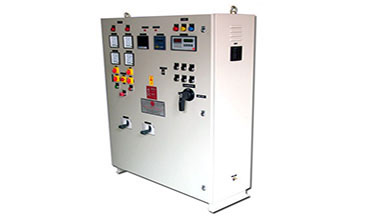
AMF panel
An AMF panel, which stands for Auto Mains Failure panel, plays a crucial role in ensuring a continuous power supply during outages. Commonly known as an Automatic Transfer Switch, this essential component is integrated into automatic generator systems. The primary function of the AMF panel is to monitor the mains electricity supply and, in the event of a failure, automatically switch to generator power without any manual intervention. This system is tightly connected to the generator set, enabling efficient control of various operational functions, such as starting the generator and transferring the load between the mains and the generator. By performing these tasks, the AMF panel enhances reliability and ensures that critical systems remain powered during interruptions, making it an indispensable part of modern power management solutions.
PLC Synchronization PANEL
Synchronization of the DG with the bus bar is the only. Key Words: synchronization, PLC etc. 1. … using proprietary programming panels or special purpose.
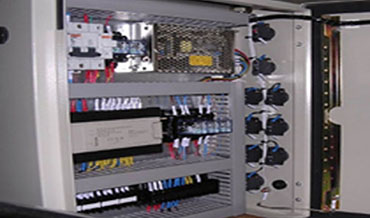
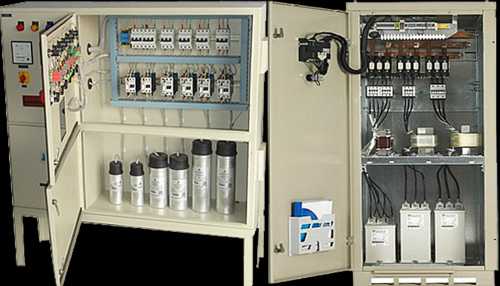
DEFINE OF CAPACITOR PANEL
Capacitor Panels are special devices made to this end itself, as it verily increases the power factor correction by a large magnitude. Normally the electric load running all around a facility or residence is reactive in nature and can prevent in great losses as pointed to before.
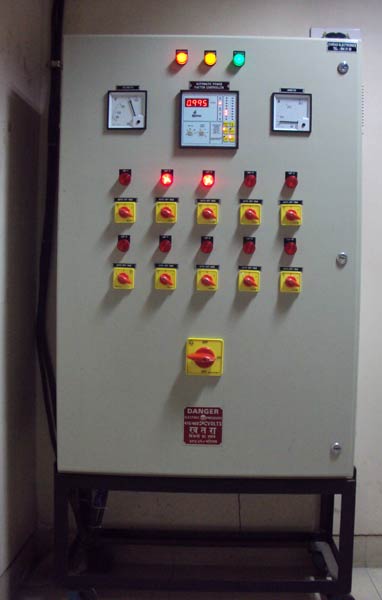
DEFINE OF PDB & LDB
A switchboard designed specifically for managing circuits involved in the distribution of electrical power, in contrast to a switchboard used for controlling power and lighting circuits. This switchboard plays a crucial role in ensuring the efficient routing and regulation of electricity throughout a power distribution system, focusing on the complex network that delivers electrical energy to various points of use.
